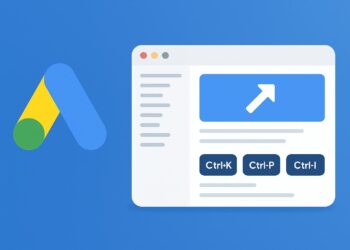Sharpen how your headings, sections, and linking help Google surface the right passages from long content. Validate patterns that make specific answers rank within broader articles.
What is the core goal of passage ranking in long documents?
Surface the most relevant section for a query even if the overall page is broader.
Rank only standalone pages and ignore sections.
Prioritize the shortest pages to avoid scanning.
Force users to read the entire document before answers appear.
Which structure best supports passage discovery?
Randomly placed keywords without structure.
Descriptive headings and tight sections where each solves a specific sub-intent.
One giant block of text with no headings.
Heavy image galleries instead of content.
What internal linking pattern improves passage findability?
Links that open new tabs without context.
No internal links to keep the page minimal.
Anchor links and a table of contents that jump to precise sections users seek.
Only footer links to the homepage.
When might splitting a section into its own URL help?
Any time a section exceeds 200 words.
To inflate page count regardless of quality.
When the section has no search demand.
When the sub-topic has distinct intent and demand that merits standalone targeting.
Which content pattern harms passage ranking despite long length?
Redundant sections that repeat ideas without new information gain.
Unique data embeds like tables and code samples.
Clear examples that resolve edge cases.
Step-by-step procedures with subheadings.
Which HTML practice helps systems map subtopics reliably?
Replacing headings with bold paragraphs.
Use section/article with relevant headings instead of arbitrary div wrappers.
Deeply nested anonymous divs for all blocks.
Injecting headings purely for styling with CSS.
What is the best way to handle FAQs within a long guide for passage targeting?
Hide FAQs in images to save space.
Duplicate questions across multiple pages.
Group concise Q&A entries with clear question headings and anchor links.
Scatter Q&As randomly across the article.
Which measurement indicates passage-level success after publishing?
Only homepage traffic changes.
Direct traffic spikes with no query data.
Average time on site without segmentation.
Increased impressions and clicks for long-tail queries that map to specific sections or anchors.
What editing approach sharpens passage relevance over time?
Merge overlapping sections and expand thin areas to cover missing sub-intents.
Publish near-duplicate posts to capture variants.
Add synonyms repeatedly to existing paragraphs.
Delete anchor links to reduce clutter.
How should you design code samples or formulas for passage extraction?
Use images of code to preserve fonts.
Introduce the problem, show the snippet, and explain the output near the code block.
Place all code at the end with no context.
Hide comments and variable names to shorten.
Starter
Good base – structure sections and anchors so answers are easy to surface.
Solid
Strong – merge overlaps, add missing sub-intents, and improve anchors.
Expert!
Outstanding – your architecture surfaces precise answers without fragmentation.
Enhance your expertise with Passage Ranking: Content Architecture Strategies Interview Questions by learning how to structure pages for snippet success. Begin your journey with our SEO interview questions resource to cover foundational architecture principles. Then test your skills with the Entity First Indexing & Knowledge Graphs Q&A, explore AI-driven visibility in the Search Generative Experience impact on click throughs interview questions, and dive into structure comparisons via the Topic Clusters vs Single Page Deep Dives challenge. Working through these interview questions will give you the clarity and confidence to explain passage ranking tactics effectively.









